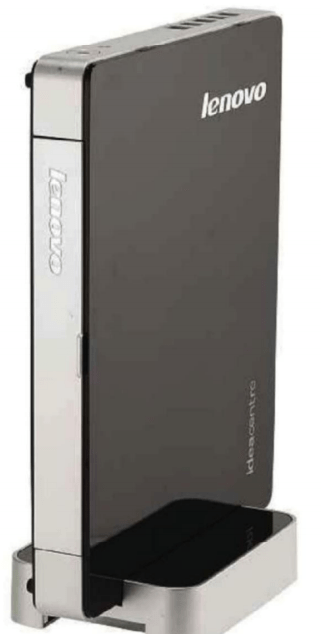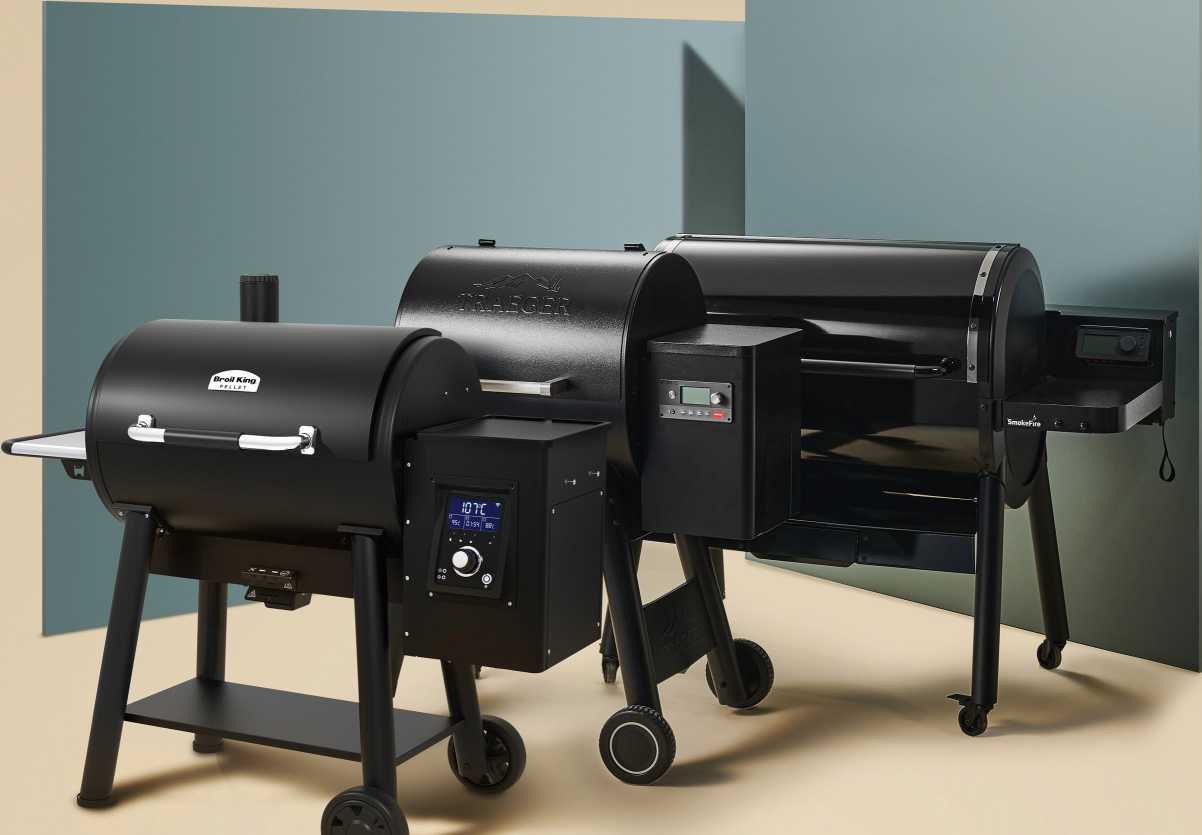Software Top Reviews looks at Google Cloud Print, the best way to print when you’re nowhere near a printer.
In a world where most of us regularly use a wide variety of computer systems, the old ways of working occasionally have to be rethought. One of the more obvious examples of this is the way we interact with printers. Hooking a printer up to your computer is okay if you only ever print from one machine, but if you have a smartphone or a tablet or even a laptop that you take with you to work or school, you might find that printing is increasingly a chore.
There are ways you can fix this, of course. You might try to stop printing entirely and rely on on-screen confirmations and reminders. Or you might buy a network printer, which will at least allow you to print from any device in your home, if not anywhere else. But you might also try using Google’s new Cloud Print service.
What Is Cloud Print?
Cloud Print is a service from Google that allows you to connect any printer to the web and use it as you would any other printer, whether you’re at home, at work or out in public, from any device with an internet connection.
The usefulness of the service isn’t in doubt. As well as allowing you to set large print jobs going before you’ve set foot in your own door, you can save time by sending confirmations, receipts and tickets to print as soon as you receive them, rather than when it’s convenient for your printer. You can share your printer with other people who might not have their own available or are part of a virtual office. You can even use it to ‘print’ things into PDF format for storage in your Google Docs account.
If you already own a network printer, you might find that it’s already compatible with Cloud Print, in which case the manual will have all the details you need about connecting it to your Cloud Print account. For reference, compatible models include Kodak’s recent models, recent Epsons and HP’s ePrint-capable devices. If you’re unsure, have a network printer that isn’t Cloud Print certified or a printer that has no built-in networking at all, don’t worry, you can still use Google Cloud Print. Just follow the instructions in the following section.
Setting Up Cloud Print
First, you’ll need to open Google’s Chrome browser. If you don’t have it installed, the software can be downloaded free from https://www.google.com/intl/en/chrome/. You can use other browsers to manage your cloud printing once it’s up and running, but you can only set it up using Google Chrome. Windows XP users will also need to be running Service Pack 3.
When Chrome is ready, visit the Google Cloud Print home page at www.google.com/cloudprint. You’ll be prompted to sign into your Google Account (if you don’t have one, you’re unfortunately going to have to bite the bullet and sign up!), at which point you’ll arrive at the ‘Getting Started with Google Cloud Print’ page as shown.
If you have a ‘cloud ready’ printer, click the option on the right. If you have a non-networked printer or a networked one that doesn’t support Cloud Print, click the option on the left. Remember that these printers will need to be connected to and correctly installed on your current PC. If you can’t print from the printer locally, cloud print won’t work either!
Now, to connect Google Cloud Print to your printer, you’ll need to enabled the ‘Cloud Print Connector’. To do this, click on the Chrome Menu icon (it’s in the top right of any Chrome window), choose ‘Settings’, scroll to the bottom and click ‘Show Advanced Settings’ and find Google Cloud Print in the list of sections on the left.
If you’re not signed into Google, you’ll see a button that reads ‘Sign in to Google Cloud Print’, so click it and follow the prompts. If you are signed in, you’ll see a button labelled ‘Manage’, so click that to start adding a new printer.
If you have a printer that’s already compatible, it should be automatically detected on the Devices screen that appears. If not, you’ll have to set it up manually, so click ‘Add Printers’. This will take you to a page containing all of the installed print devices on your system. Note that they won’t all be physical printers. Some will be virtual printers, such as PDF creators or the Microsoft XPS document writer and others may be old printers that you no longer use but which haven’t been uninstalled.
Check or uncheck the devices as desired, and when you’re done click ‘Add Printers’. This will register them to your Google Cloud Print account, meaning you can now log in (from any browser) and manage the devices and their print jobs. You may also wish to share the printer with other people by highlighting the printer (left-click on it once) and clicking the ‘Share’ button above.

From now on, you can print using a Cloud Printer in a number of ways. If you’re using Chrome regularly, Cloud Printers will appear as options in the normal print dialogue whenever you’re logged into your account, but there are alternatives too. If you’re running on another browser or using a platform that doesn’t have Chrome available, you can either upload the document to your Google Cloud Print account directly or you can save your document to Google Docs first.
You can add files to Google Docs by uploading them directly, using Google’s cloud storage or emailing the file to a Gmail account then saving it into your Google Docs account from there. As long as you can view the file in Google Docs, you can print it by selecting the cloud-enabled printer from the print dialogue, regardless of what system you’re using.
In any case, as long as the Chrome Cloud Connector is ready and logged in, your print job will start shortly, otherwise it’ll wait until the next time you connect your copy of Chrome to the web and then deliver the print jobs at that point.
Don’t worry if your print job doesn’t run instantly. Printing will commence once the connector checks the web and delivers the documents, so it may not be as fast as printing from a printer that’s connected straight to a PC. The delay shouldn’t be longer than a few minutes, though, so if it hasn’t started by then, something’s gone wrong!
If you’re running a mobile device, you can also use your cloud printers through various apps. There’s an official Google Cloud Print app for Android devices, as well as many other apps that support the service, while iOS users can use an app called ‘PrintCentral Pro’, which is compatible with multiple cloud print services, including Google Cloud Print.
And that’s all you need to know! Hopefully that’s made this potentially difficult process seem a lot simpler, and next time you have something to print but no hardware handy, you’ll be glad you set Google Cloud Print up!











